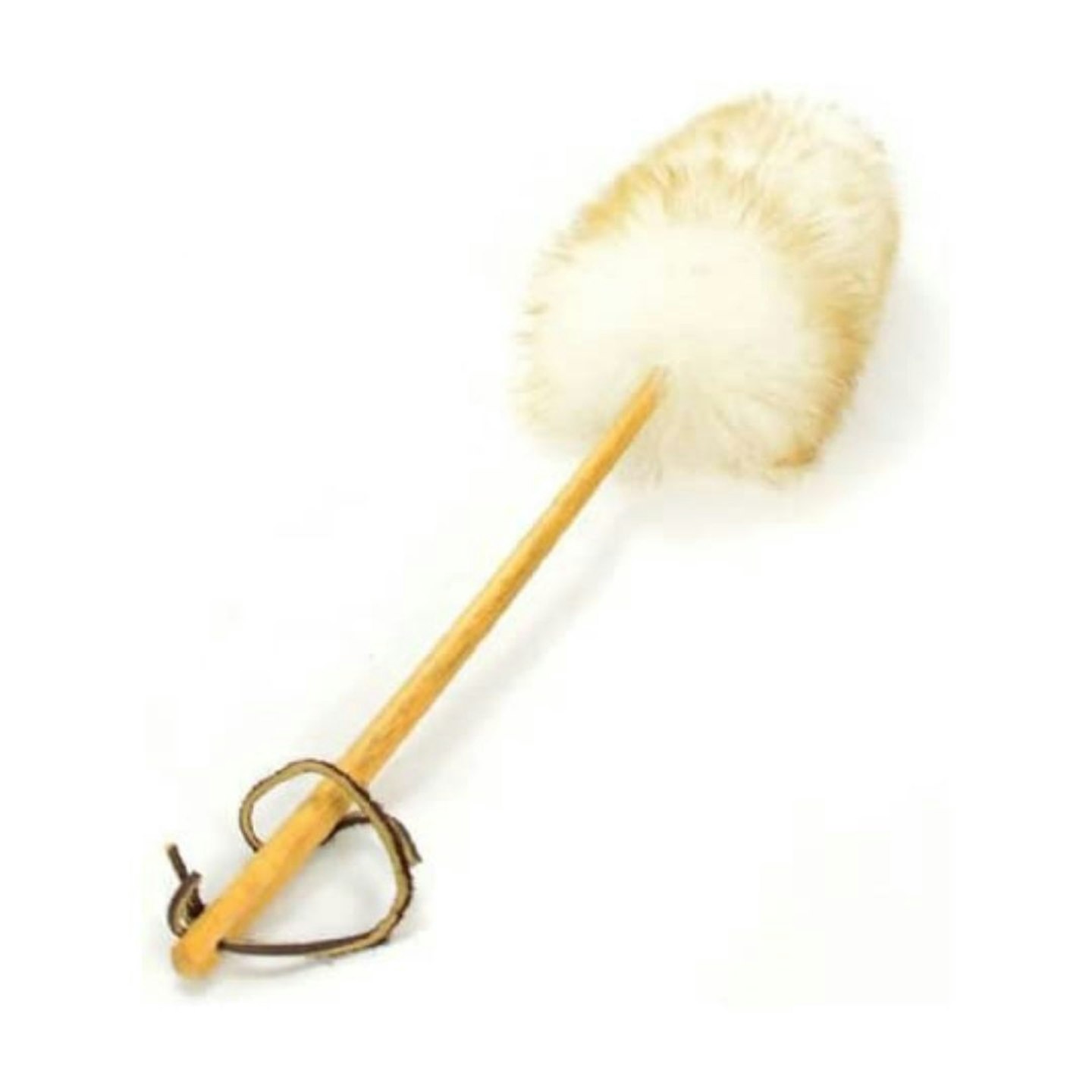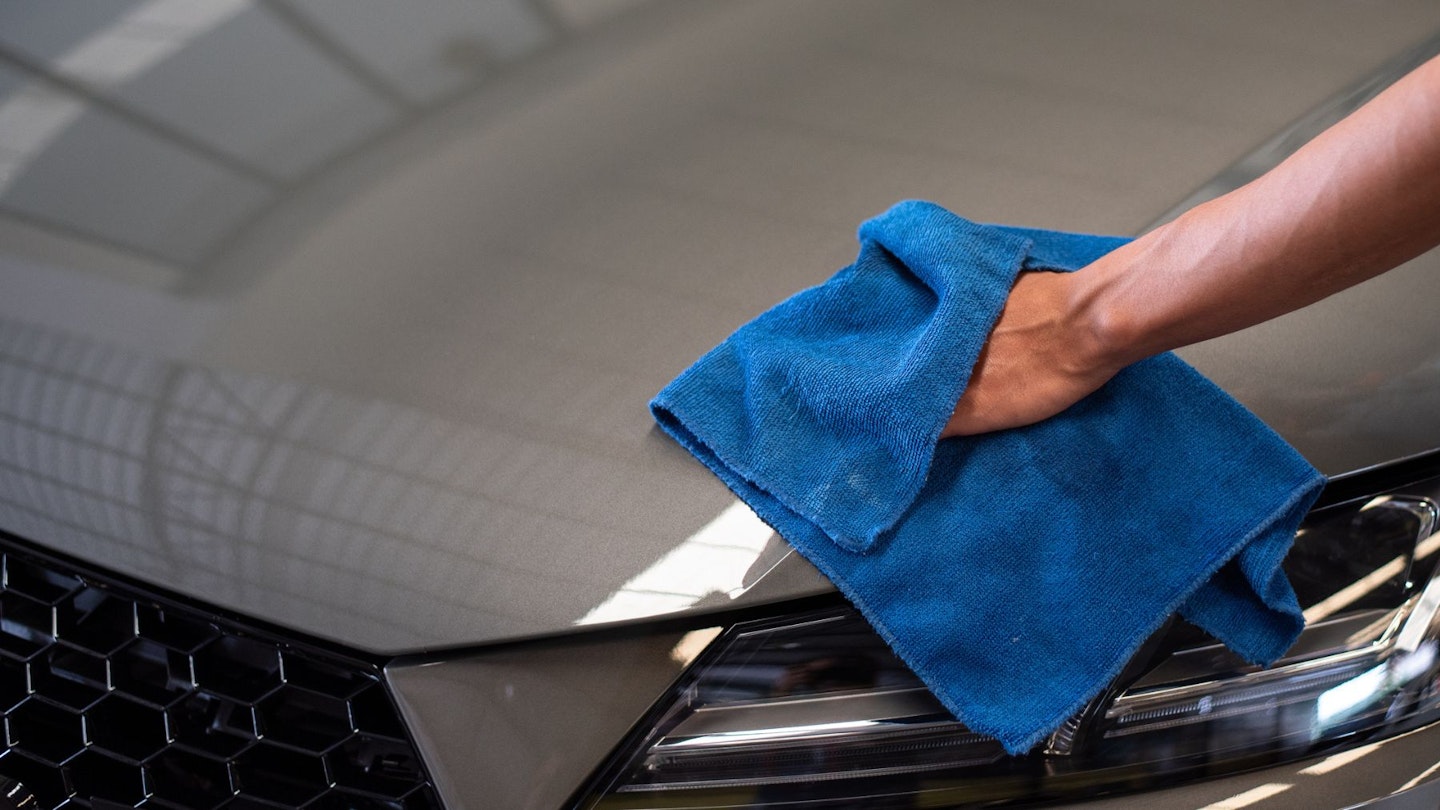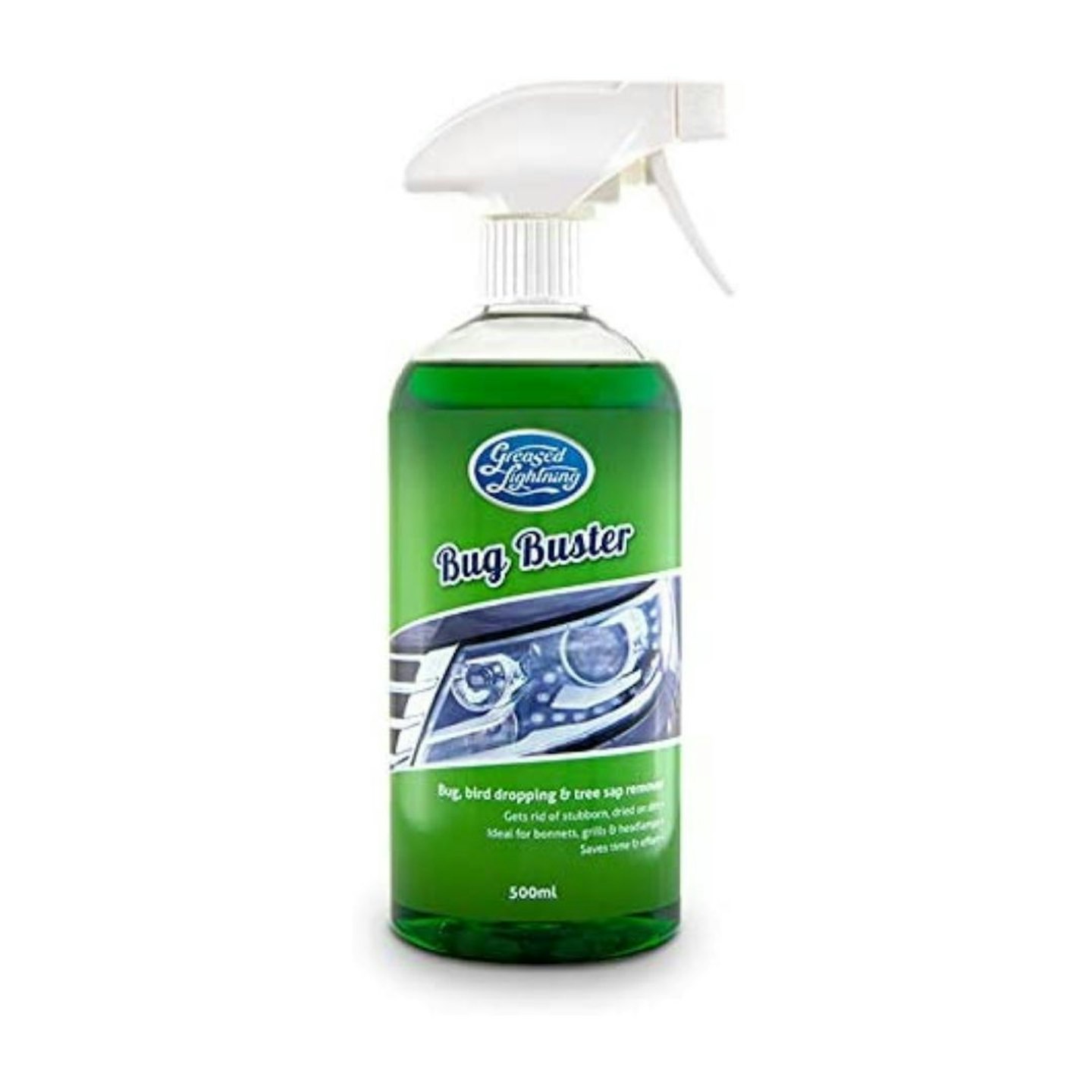We're all very used to rainfall in the UK, so when it stops for a while and the reservoirs run dry, panic descends as water companies across the land introduce hosepipe bans and declare drought conditions. We're told to take quicker showers, sprinklers are viewed with disgust and don't even admit to owning a pressure washer unless you want perpetual shunning in the streets.
Of course, one of the main things that comes with a hosepipe ban is the prohibition of washing your car. Even as avid detailers, it's hard to argue against the decision. Water usage is pretty intense during the average car wash, running into hundreds of litres rather easily. A nice clean car may look nice but is nowhere near as important as drinking and crop water.
However, what if we told you that there were a couple of ways to keep your car clean without the need for water? All without any loopholes or dubious tactics. The only water you'll be needing will be for washing your microfibre towels once your car is clean.
For a daily-driven and dirty car
If your car has no protection applied (like wax) and it's in regular use, there's a fair chance it'll need a proper wash. The summer months throw dust, pollen, tar as well as the usual bird poo, tree sap and fallout at your car which should be removed to keep your paintwork in the best nick possible. Usually, you'll need a combination of water and shampoo to shift these deposits without leaving damage, but there now exists a range of waterless cleaners that are sprayed on and wiped off leaving clean results and no damage.
These waterless cleaners work by surrounding the contaminants, gently lifting them off the bodywork where they can be safely lifted away with a simple microfibre towel. Most of these will also contain a little wax too, boosting gloss and providing a tiny layer of protection.
A great option for car cleaning, we tested the Greased Lightning range and found it to be more than capable of lifting grime from a grubby Honda Civic Type R. This starter kit even includes two microfibre clothes, perfect for someone just starting out in the world of waterless washing.

www.eurocarparts.com
A slightly stronger cleaner from Shift, this waterless wash is infused with citrus to cut through grime more effectively. It's safe to use on glass, bodywork and wheels, and one bottle can do up to 20 washes.
Spot cleaning
Sometimes, a full clean isn't needed. For a quick deposit removal, something a little stronger and localised may be in order. Most insect removers require a pressure washer to remove the residue, which leaves you with two options. Wasteful insect wipes or a waterless insect remover like this one from Greased Lightning.
If your car is protected
This is the gentlest approach, you'll only need to dust your car. Problem is, you'll need to have a really good layer of protection applied to your car (think ceramic or graphene). These will form a protective layer that can provide a small amount of protection to your car that includes a really small amount of scratch protection. This means the light dust that often settles on a car during the summer months should be able to be removed without the need for water and without leaving scratches.
This means a car duster will be the best way to remove this dust and keep your car looking clean. Made with longer handles and a longer pile than a normal duster to separate the particles from the paintwork, these tools are the perfect way to get a clean car during a drought.
Made with paraffin-treated microfibre noodles, this car duster will gently lift away dust from bodywork using static electricity. It won't leave scratches and is easy to clean (just shake it). The plastic handle is also detachable to make it more versatile.

A natural option from Chemical Guys, this duster is made from merino wool and uses the same static electricity to lift away dust without leaving any damage. Twisting the brush generates this static and pulls dust away from the paintwork safely.



